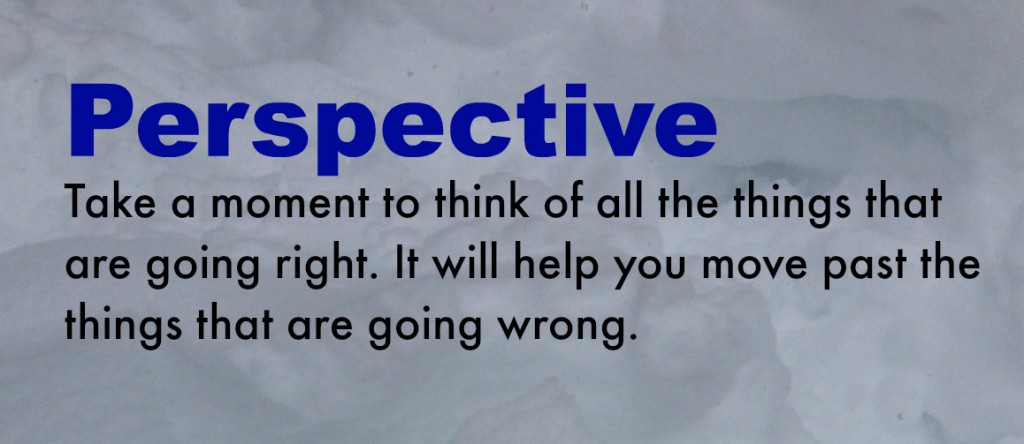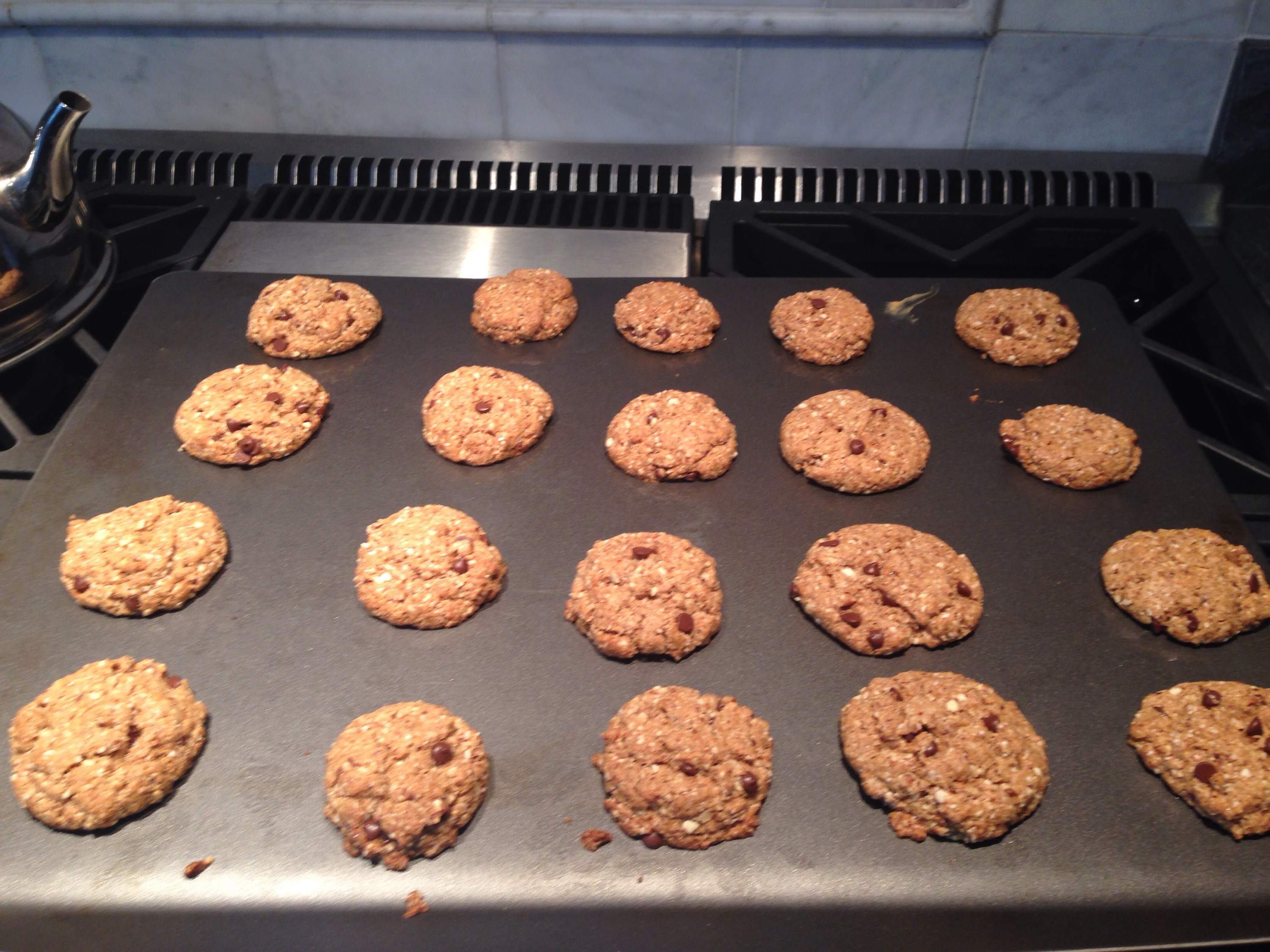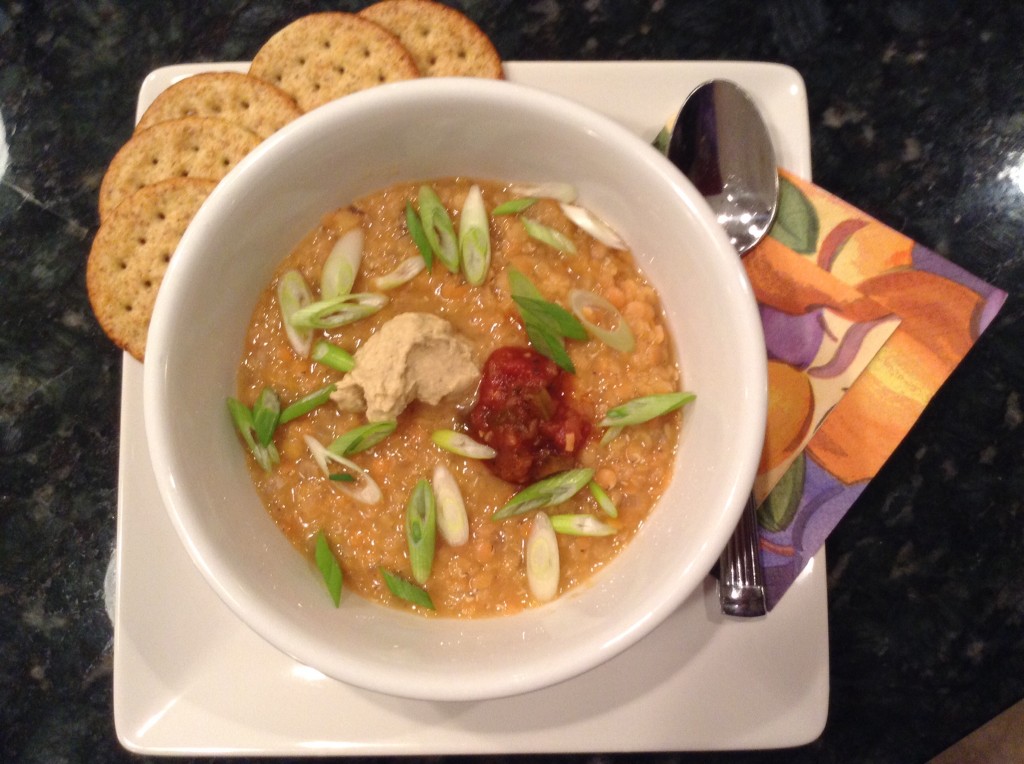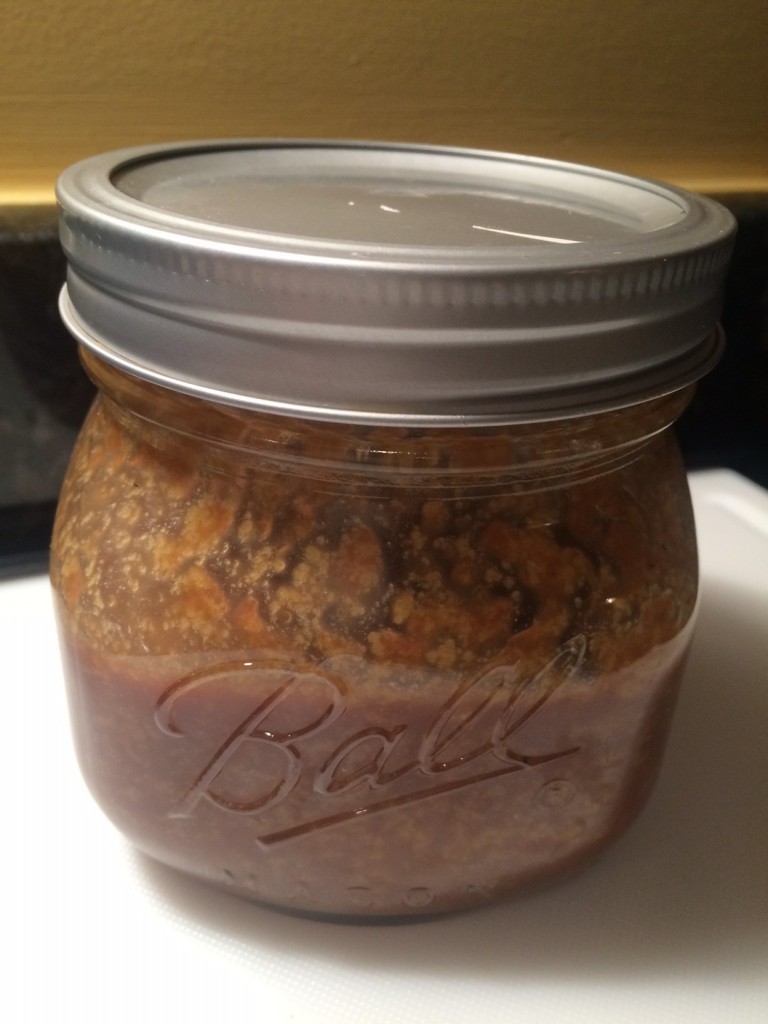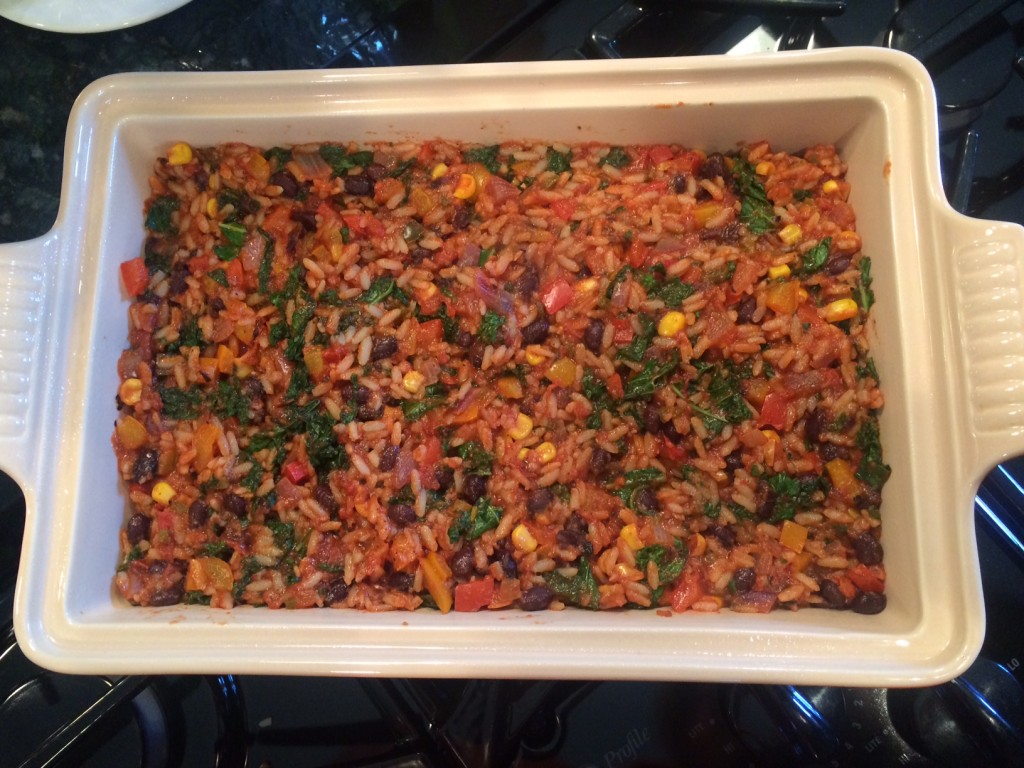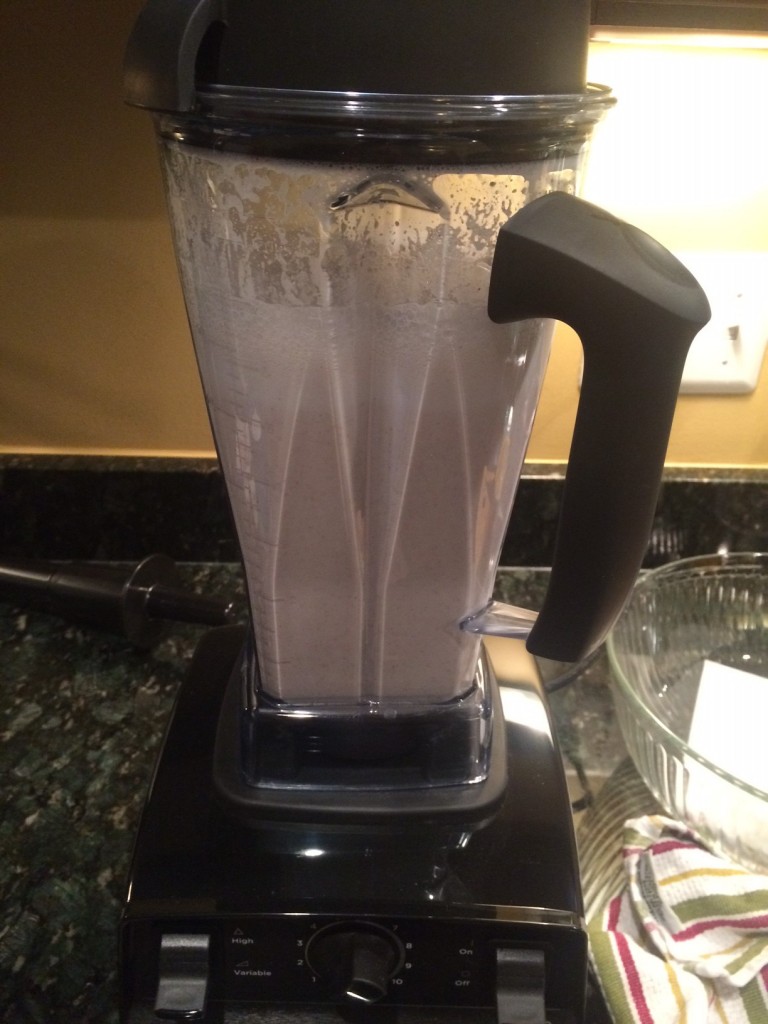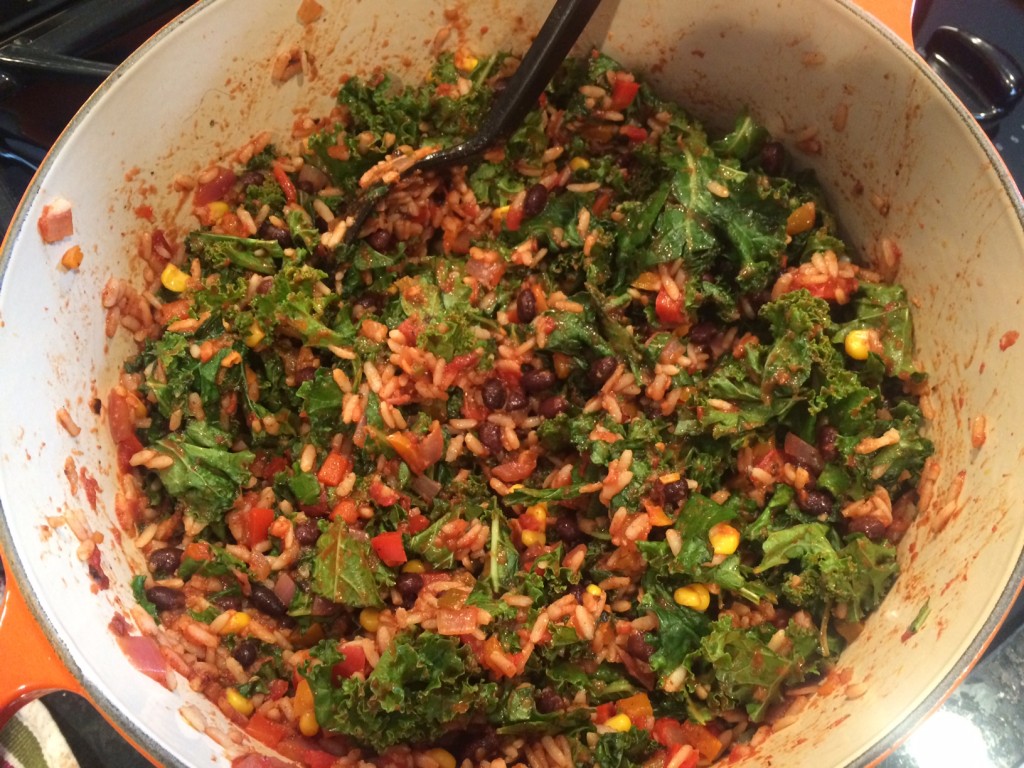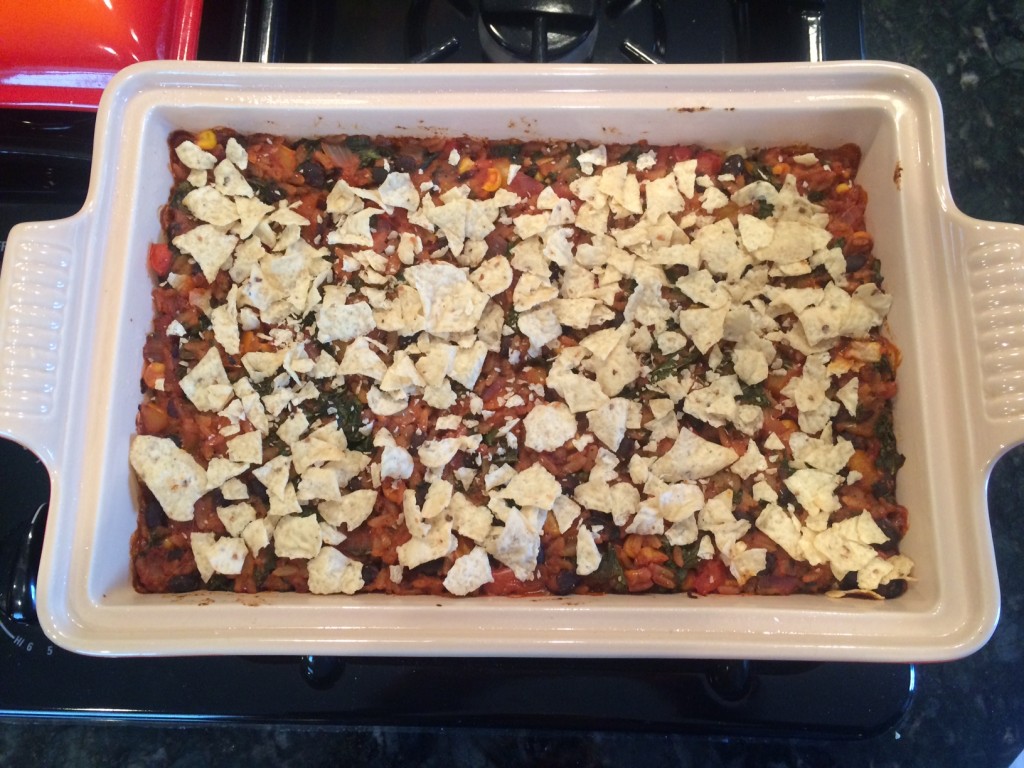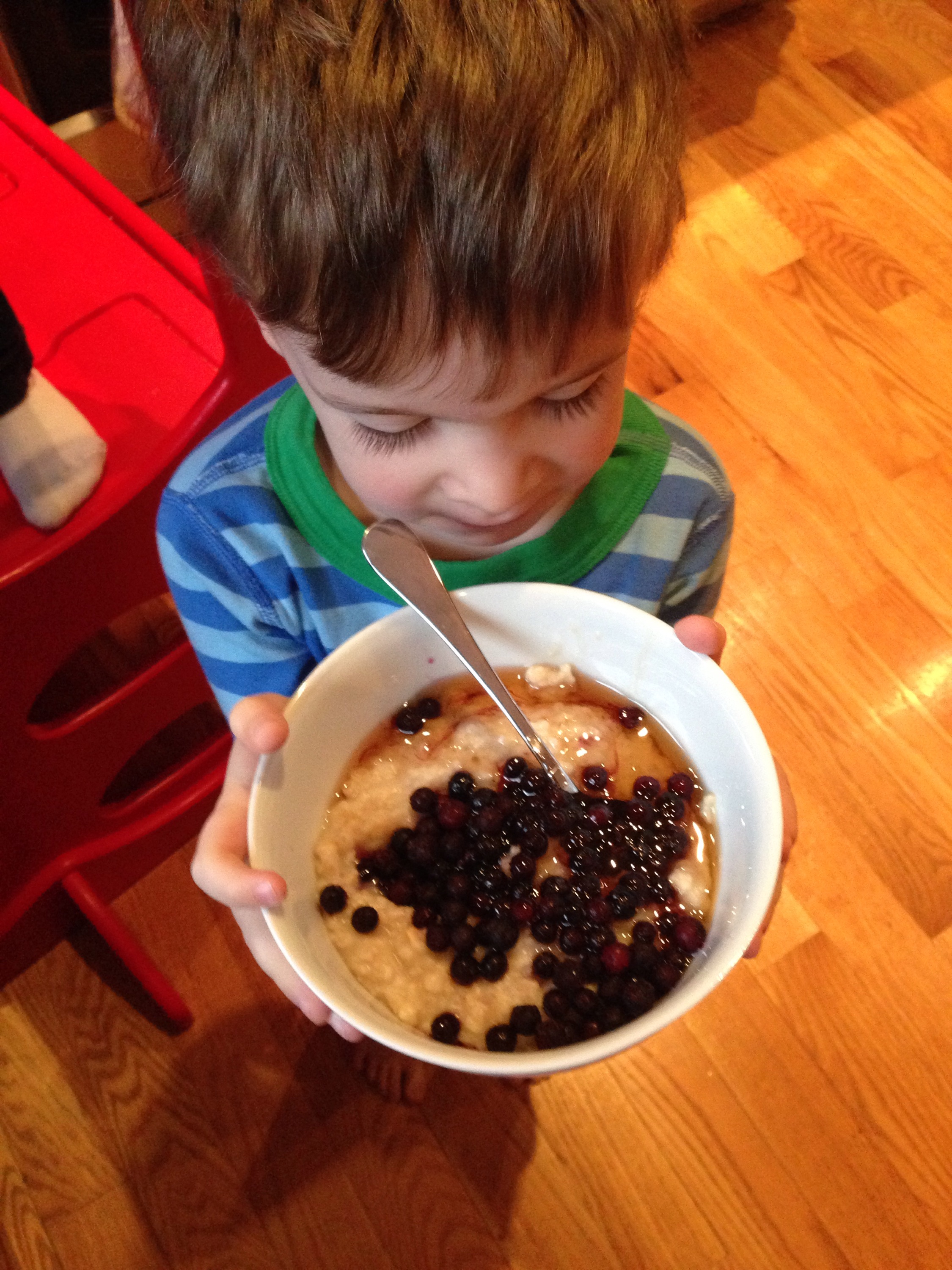The necessary puzzle pieces for healthy eating – figuring out which ones you’re missing will help you troubleshoot your challenges.
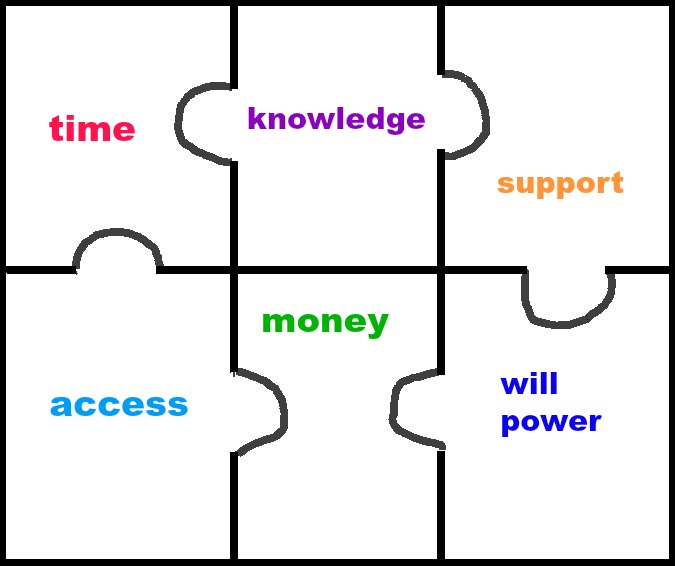
Here are six necessary components for your healthy eating to be successful. Figuring out which areas challenge you the most will help you strategize ways to stick to healthy eating habits for good.
Knowledge
What does “healthy eating” look like? Are you sure what you’re eating is healthy? Do you know how to prepare food from scratch?
Action plan: Folow Michael Pollan’s concise eating advice: “Eat food, not too much, mostly plants.” His book “Food Rules: An Eater’s Manual” has easy to follow, simple advice on figuring out what’s actually healthy. (He doesn’t advocate for a completely vegan diet, so if you’re not ready to go entirely plant-based, he’s your guy.) You can read a quick article with seven highlights here: http://www.webmd.com/food-recipes/news/20090323/7-rules-for-eating Science enthusiasts can check out nutritionfacts.org where Dr. Michael Greger uploads daily videos of the latest in nutrition information, backed by scientific studies. Wondering if a food is good for you? He’s probably got a video about it. My favorite healthy eating documentaries are Fed Up and Forks Over Knives. For cookbooks, Mark Bittman’s “How to Cook Everything Vegetarian” will teach you everything you need to know about preparing food from scratch.
Time
It takes time to peel and chop vegetables to go into a healthy soup. Cooking from scratch using fresh produce takes longer than pulling up to the drive-through or grabbing processed foods from the freezer.
Action plan: Find time to invest in your health. Use your freezer: make a double batch when you can and place one in the freezer. Chop vegetables in advance and store them in the fridge for snacks. Use your slow cooker to have dinner waiting. Watch your favorite t.v. show in the kitchen while you do food prep for the next day, instead of sitting on the couch. Research healthier options for take-out, such as the salad bar at the grocery store, or picking up veggie burritos instead of pizza. Cook grains on the weekend and store them in the fridge to use in wraps or stir fries during the week.
Access
Not everyone lives near a farmer’s market, or a whole foods stocked with superfoods and organic produce. Take-out can be even harder; we live near restaurants that deliver vegan sushi, and tons of burrito places where we can load veggies, beans and rice into a bowl for a fast, healthy meal.
Action plan: Focus on what you do have access to rather than worrying about what you can’t find. If you really must have goji berries and they’re not available at your grocery store, ask them to special order some in or buy them online. Work with what you can get; beans, rice and veggies are available pretty much everywhere. If your take-out is limited to pizza, order one with no cheese and load it with veggies. Pack a lunch or healthy snacks like carrots, apples and peanut butter if you work in an office building where the vending machine is your closest source of “food”. Drive to a farmer’s market and make soups out of the local veggies that you can freeze.
Money
Organic strawberries off season aren’t cheap. Neither are some of the “superfoods” that get so much press these days. It can feel like it’s cheaper to pick up drive through than get all the ingredients necessary to make a home-cooked meal.
Action plan: Buy whatever produce is in season, it’s cheaper. Use your freezer, the nutrition content of frozen foods is good, because they were frozen at their prime. Don’t feel like you need to eat exotic foods to be healthy. Curb waste by shopping your refrigerator, freezer and pantry before shopping the grocery store. Have a plan before you buy produce, and if you don’t use it right away, consider freezing it before it goes bad. Healthy eating doesn’t need to be expensive, dried grains and legumes are relatively cheap. Oatmeal made from whole grain oats is less expensive than boxed cereal. Do the math per serving, and you’ll be surprised at how much some of those convenience foods actually cost. Tofu is less expensive than chicken, flax seeds are a less expensive source of omega-3 than salmon, a bunch of kale is cheaper than 2 liters of soda. Check out this video about eating healthy on a budget.
Support
It’s very hard to stick with a healthy life-style change when you have family members protesting your dinner choices, bringing junk food into the house, picking up greasy take-out, or downright rebelling. I got lucky: my extended family has been extremely supportive and helpful, my spouse watches food documentaries with me for fun, and my kids don’t remember differently.
Action plan: Communication helps. Talk to family and friends about your healthy eating goals, ask to meet at restaurants with better choices, ask them to help you keep the unhealthy food out of the house. Invite them to watch a food documentary with you. Tell them why it’s so important. It helps if you’re able to do at least some of the cooking, and if you pay attention to people’s food preferences. (My mom isn’t big on beans or tofu, but a mushroom based veggie burger is fine.) Don’t expect people to remember what your dietary guidelines are, “healthy” may mean something different to them. Clarifying or suggesting meal ideas can help.
Will Power
You have to want to do it, and you have to be willing to make sacrifices. It’s not easy to avoid 90% of the menu items every time you go out to eat, or to keep yourself from eating the entire bag of Lays potato chips at family gatherings. It’s not easy to avoid going through a drive-through once a month to feed the kids, because you know what they’re serving isn’t food. It’s hard straining relationships because you won’t eat food being served, or you’re requiring people to accommodate your dietary restrictions.
Action plan: Find healthier ways to satisfy cravings. (Sweet, delicious fruits for dessert, roasted nuts for a hearty snack, warm ginger tea to replace your afternoon soda.) Remember why you’re doing it. Think about your health now, and where you want your health to be in ten years, in twenty. Think about the health of your children, and what eating habits you want to model for them. Go to nutritionfacts.org a few times a week and watch a video about the wonderful things plant foods do for your health, or the negative consequences of bad food choices like meat, dairy, eggs or refined sugar. Continuing to educate myself about the positive effects of our plant-based diet on our current and future health keeps my will power strong. Knowing I am reducing my risk of cancer, diabetes, heart disease, osteoporosis, Alzheimers, parkinsons, and a whole slew of other illnesses is enough for me to look the other way when I drive by a neon sign of temptation. More importantly, I think about my children’s health. My home cooking could be saving their lives. Think I’m being dramatic? You haven’t seen Fed Up or Forks Over Knives. A year after switching to a plant-based diet, my lab results from my annual blood-work were outstanding. I’m a healthy weight, I sleep well, I get compliments on my skin all the time, and occasionally I’m even carded for alcohol. Reminding myself regularly of the reasons we eat this way keeps me strong.
Remember…
It’s not all or nothing. A slip up doesn’t make you a failure. Aim for eating whole “real” foods 50% of the time, and work up to 80%. Every healthy meal counts. Focus on future meals. Examine times you didn’t eat healthy so you can figure out what might have helped you make a better choice, and then move on. Make it as easy for yourself as you can. I’m a nutrition enthusiast, and I make bad choices when I’m pressed for time (helloooooo greasy thai food… you might be vegan, but you are NOT healthy). Set yourself up for success however you can, and keep moving forward.
Wishing you health,
Kelly.


